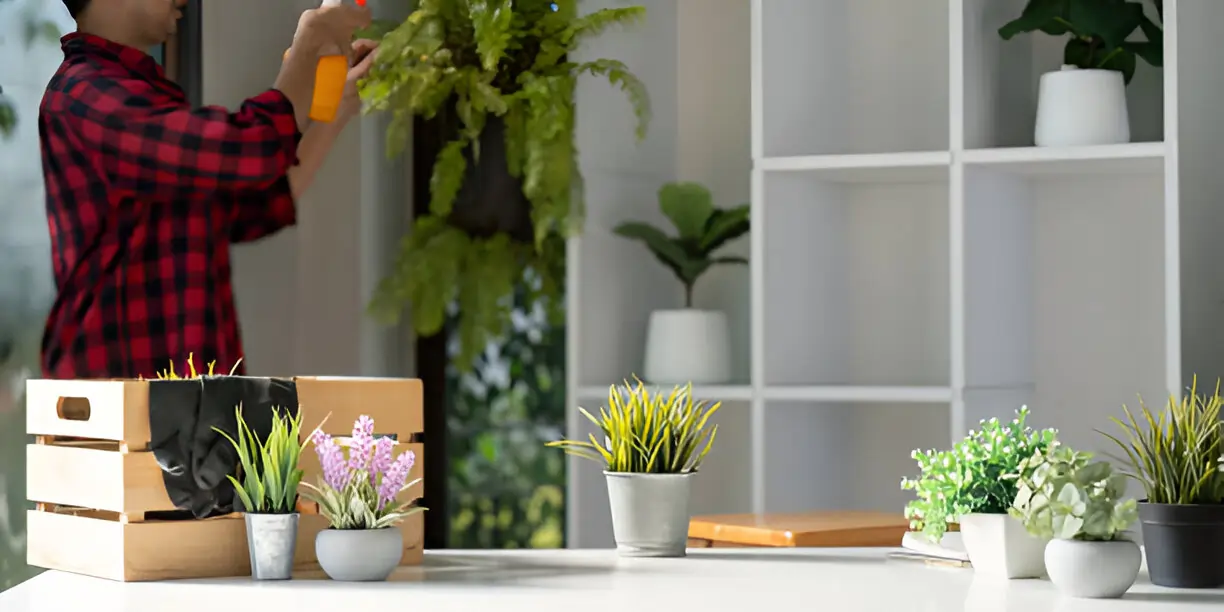Fresh Air Indoors: Practical Tips for a Healthier Home Environment
Indoor air quality is something most people don’t think about—until they start sneezing, coughing, or feeling sluggish at home. The truth is, the air inside can sometimes be more polluted than the air outside, thanks to dust, allergens, household chemicals, and poor ventilation. Since we spend a large portion of our lives indoors, especially at home, it’s worth taking steps to make sure the air you breathe is as clean and fresh as possible.
Below are practical, effective ways to create a healthier home environment.
1. Keep It Clean: Reduce Dust and Allergens
A clean home is the foundation of good indoor air quality. Dust, pet dander, and pollen can accumulate quickly, especially in carpet fibers, upholstery, and drapes.
- Vacuum regularly using a vacuum with a HEPA filter, which traps microscopic particles instead of recirculating them.
- Dust with damp cloths instead of dry ones to prevent particles from becoming airborne.
- Wash bedding weekly in hot water to kill dust mites.
Keeping floors, fabrics, and furniture clean will go a long way toward reducing the allergens floating in your home’s air.
2. Improve Ventilation
One of the simplest ways to freshen indoor air is to open windows and let outdoor air circulate—if weather and outdoor air quality permit. Fresh air dilutes pollutants and helps control humidity.
If opening windows isn’t always possible:
- Use exhaust fans in bathrooms and kitchens to remove excess moisture and odors.
- Install trickle vents or air bricks if your home is tightly sealed, to allow controlled air exchange.
Proper ventilation keeps your home feeling fresher and reduces the buildup of airborne contaminants.
3. Control Humidity
Too much moisture can lead to mold growth, while air that’s too dry can irritate your throat and skin. Aim for a humidity level between 30% and 50%.
- Use dehumidifiers in damp areas like basements.
- Add a humidifier in winter if the air is overly dry.
- Fix leaks promptly to prevent moisture damage and mold.
Balanced humidity not only protects your health but also preserves your furniture and home structure.
4. Choose Air-Purifying Plants
If you’re looking to freshen your home naturally, certain indoor plants can help filter small amounts of toxins while bringing beauty and life to your space. Popular, low-maintenance options like snake plants, peace lilies, and spider plants not only thrive indoors but also offer gentle air-purifying benefits.
While they’re no substitute for proper cleaning and ventilation, they make an excellent complement to your efforts. You can find a variety of these air-cleansing plants at a trusted plant nursery in Salt Lake City, making it easy to bring home greenery that boosts both style and wellness.
5. Minimize Chemical Pollutants
Household cleaners, paints, and synthetic fragrances can release volatile organic compounds (VOCs) that irritate lungs and cause headaches.
- Switch to natural cleaning products like vinegar, baking soda, and lemon.
- Choose low-VOC paints and finishes when renovating.
- Avoid synthetic air fresheners—opt for essential oil diffusers or simmer natural herbs and citrus peels instead.
Limiting chemical exposure reduces the risk of respiratory irritation and long-term health effects.
6. Maintain Your HVAC System
Your heating, ventilation, and air conditioning system can either improve or harm your indoor air quality depending on how well it’s maintained.
- Change filters regularly, ideally every 1–3 months.
- Schedule professional servicing at least once a year.
- Clean air ducts if there’s visible mold or excessive dust buildup.
A well-maintained system keeps air flowing cleanly and efficiently throughout your home.
7. Be Mindful of Smoke
Cigarette smoke, incense, and even frequent candle burning can release fine particles that linger in the air.
- Make your home a smoke-free zone.
- Use candles sparingly, and choose beeswax or soy-based candles without added fragrances.
- Ventilate well if you do burn candles or incense.
Keeping smoke sources to a minimum significantly improves indoor air freshness.
8. Test for Radon
Radon is a naturally occurring gas that can seep into homes through the foundation and is a leading cause of lung cancer in non-smokers. It’s odorless, colorless, and only detectable through testing.
Radon test kits are affordable and widely available, and professional mitigation can reduce high levels.
A Breath of Fresh Air, Every Day
Improving indoor air quality doesn’t have to be overwhelming. Small, consistent actions—like regular cleaning, better ventilation, and reducing chemical use—can make a big difference. Your home will smell fresher, feel cleaner, and, most importantly, support your health and well-being.
When the air you breathe indoors is clean and fresh, your body benefits in ways you may not immediately notice—more energy, better sleep, and fewer allergy symptoms. Think of it as an invisible investment in your long-term health.
Read more: Making the Most of Retirement at 55 Club

